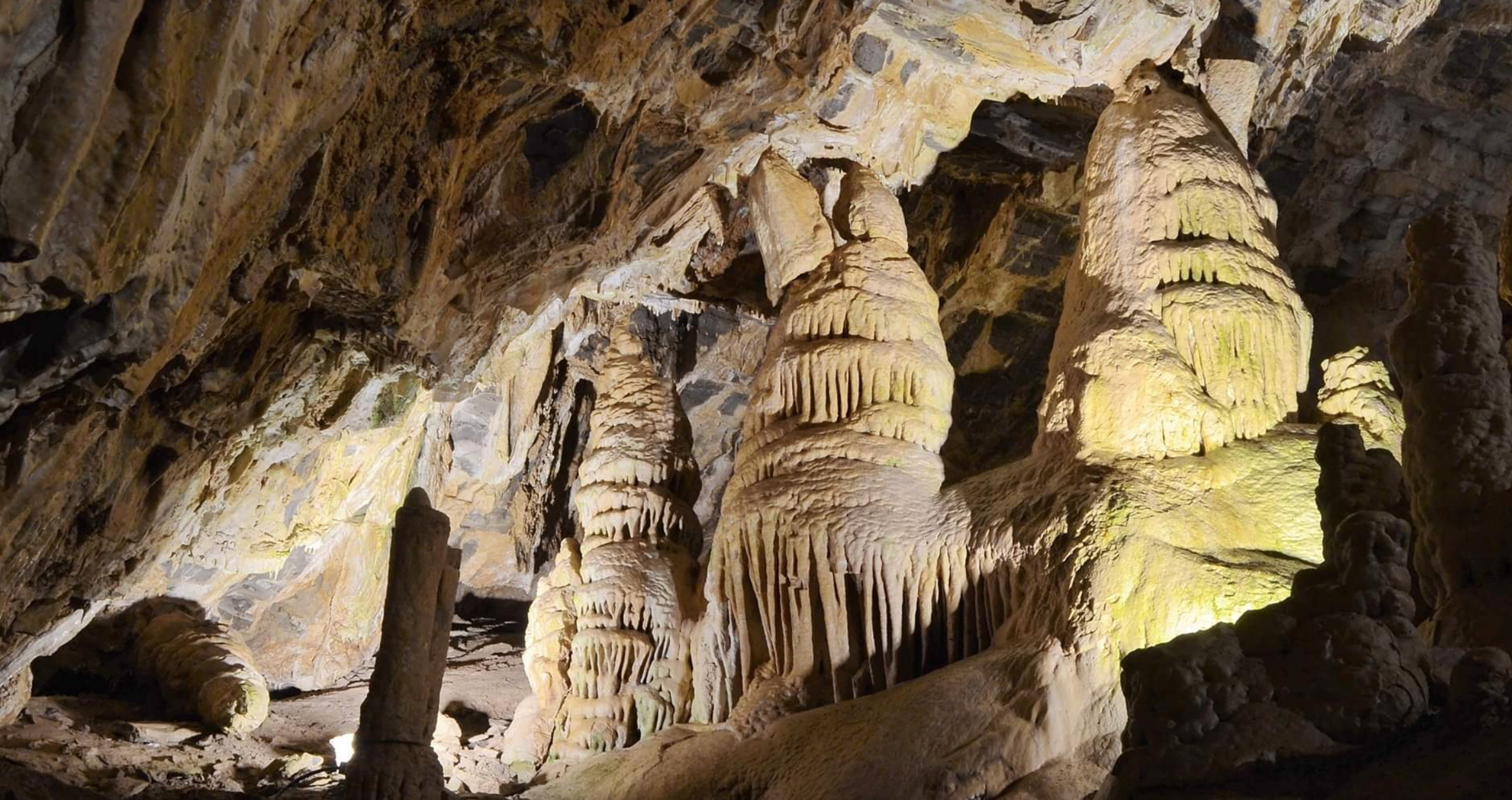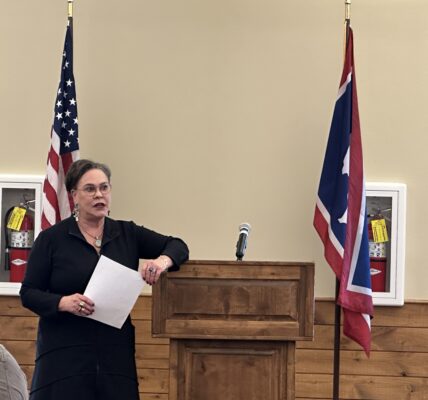
Prevention efforts to increase
MONTPELIER, Idaho, June 6, 2022 – The United States Forest Service was notified by the Idaho Department of Fish and Game that the fungus known as Pseudogymnoascus destructans, or Pd, which is responsible for causing the deadly white-nose syndrome (WNS) in bats has been found in Minnetonka Cave. The popular Cave, located in beautiful St. Charles Canyon just northwest of Bear Lake, offers a half-mile of fascinating stalactites, stalagmites and banded travertine in nine different rooms. From Memorial Weekend through Labor Day, this Cave sees upward of 50,000 visitors a year. Due to the westward expansion of WNS the Forest Service implemented restrictions years ago on clothing and items allowed into the cave.
While the agencies are extremely concerned about the discovery, it does not come as a surprise. Since first detected in North America in 2006, white-nose syndrome has killed millions of bats. It is a deadly disease to hibernating bats spread primarily through bat-to-bat transmission, but possibly by human-assisted transmission, such as clothing and equipment exposed to the fungus. The fungus and associated disease are already in Idaho’s neighbor states including Wyoming, Montana and Washington.
Currently, only the fungus is present. No bats have been diagnosed with WNS, but typically the discovery of the fungus is a precursor to bats getting the disease. There is no evidence that the fungus affects humans, pets, livestock, or other wildlife.
Minnetonka Cave and adjacent lands are managed by the Caribou–Targhee National Forest, with cave tourism managed by a concessionaire. Fish and Game and the Forest Service have worked in conjunction since 2012 to minimize the possibility of Pd spread to Minnetonka Cave.
Going forward, the agencies will:
· Continue existing strategies at Minnetonka Cave such as increasing public outreach and communication, strictly applying the visitor screening questionnaires, limiting human activity in bat roosting areas, and ensuring compliance with the foot cleaning/decontamination stations to prevent the spread of Pd into or out of the Cave.
· Implement additional management strategies including building a large bat house that can provide an additional hibernation site, installing a new bat gate and developing more educational interpretation at the site.
· Continue passive and active Pd surveillance monitoring efforts.
In 2019, the Forest Service worked with Fish and Game, the US Fish and Wildlife Service, and USGS to develop a plan for bat safety in Minnetonka while keeping the cave open to visitors. There is little evidence that closing the cave would prevent the spread of the fungus. The Forest Service will continue to work closely with the concessionaire to increase education and ensure visitors adhere to all safety measures.
People can assist in the efforts to identify any bats that may have white-nose syndrome by reporting more than five dead or sick bats at one location at the same time (within a week). Signs of white-nose syndrome include white or gray powdery fungus seen around the muzzle, ears, wings/limbs, or tail, and they are typically only seen November through May.
Contact Fish and Game’s Wildlife Health Forensic Laboratory at (208) 939-9171, or report online on Fish and Game’s wildlife health reporting page.





